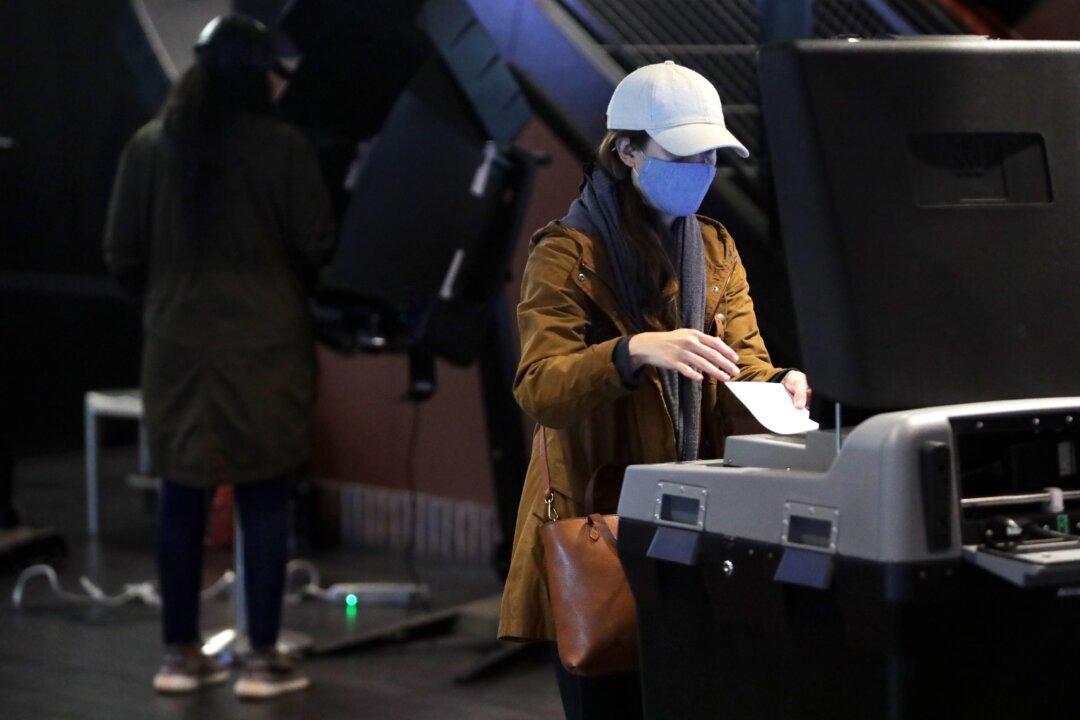The 2020 election is shaping up to be one for the history books with turnout likely to surpass anything America has seen for 50 or even 100 years—at least according to early voting data, which shows some states on the way to exceeding the total 2016 turnout even before election day.
Over 68 million voters have already cast their ballots, compared to the total of about 47 million who voted early in 2016.





